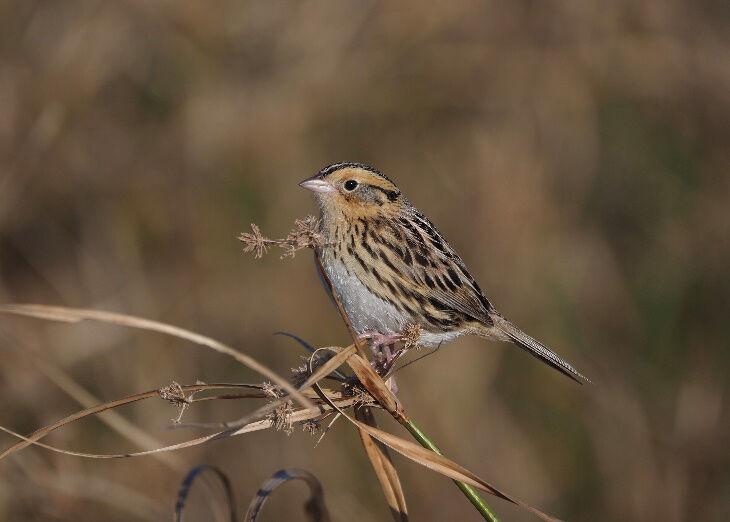
Photo by Michael McCloy
Step outside on a clear, spring night and listen closely — you might hear some faint, intermittent “tsip,” “zeep” or “zzt” notes overhead.
Most people aren’t even aware that these sounds exist. These are, in fact, the flight calls of birds migrating overhead.
Every spring and fall, hundreds of North American bird species embark on the long and arduous journey between their nesting grounds in the northern United States and Canada and their wintering grounds in Central and South America.
Many birds migrate at night, including warblers, sparrows, vireos, cuckoos, flycatchers and even some waterbirds such as herons and rails.
In fact, flying at night has a host of advantages compared to a diurnal journey. The stars are thought to help in navigation, and a generally more stable atmosphere at night reduces additional energy expenditures. It also provides an escape from many daytime predators. There are numerous theories for why birds call while migrating at night, including helping flocks stay together and warning of potential dangers ahead.
These nocturnal flight calls, referred to as ‘NFCs’ by ornithologists, are a method by which nocturnal bird migration can be readily studied through implementing a semi-automated monitoring station.
To the unaided human ear, many of these call notes are indistinguishable. The “zeep” flight call of one species may sound nearly identical to the “tsip” flight call of another. Fortunately, the use of spectrograms and software programs helps make this a solvable problem.
Many birds that migrate over or around the Gulf of Mexico end up passing through coastal and east Texas on their way north to their breeding grounds in the northern U.S. and Canada.
As part of a renewed focus on volunteer engagement and scientific outreach, the Rio Brazos Audubon Society is implementing an NFC monitoring station in College Station this spring and fall.
A remote recording device will be deployed on land owned by Texas A&M University and will be programmed to record nightly. Trained volunteers will subsequently analyze the data with an audio processing software program and identify any recorded calls to species.
Why is it important to monitor nocturnal migration here in College Station?
Many species that are frequently detected by call notes at night are reclusive and seldom seen during the day, such as Le Conte’s sparrows. By monitoring nocturnal migration, we can gain a much better understanding of the timing and migratory routes of these species.
This project has the potential to provide additional scientific knowledge about the number and diversity of migrant birds passing over our immediate area on their way to and from their nesting grounds further north.
To learn more about the factors that influence bird migration and migratory routes, check out BirdCast, a large-scale project and free resource developed by the Cornell Lab of Ornithology.
Michael McCloy is a Ph.D. candidate in Ecology and Evolutionary Biology at Texas A&M University, where he studies how songbird communities respond to weather and climate change. He has traveled to 49 states and nearly 30 countries in his pursuit of seeing as many of the world’s bird species as possible. He leads several projects with the Rio Brazos Audubon Society, including the nocturnal flight calls project and the Audubon Climate Watch Squares program.
